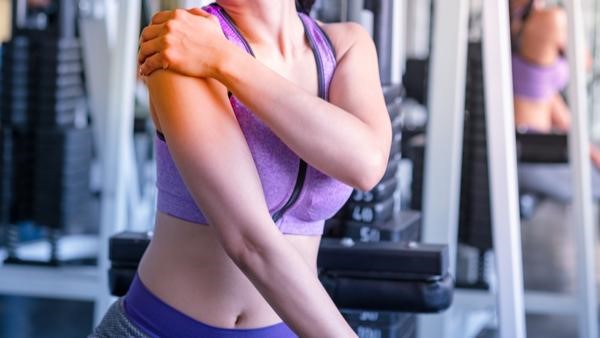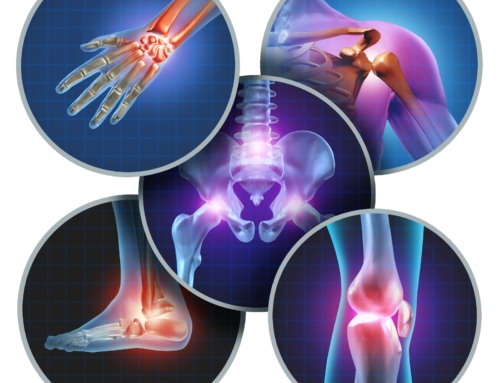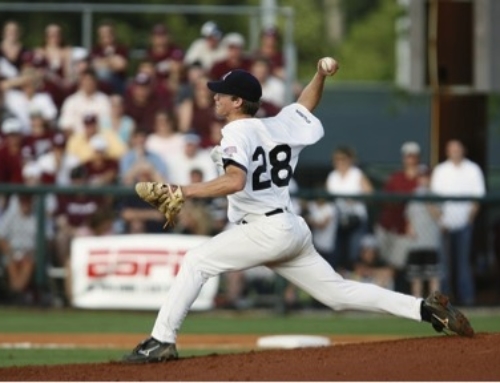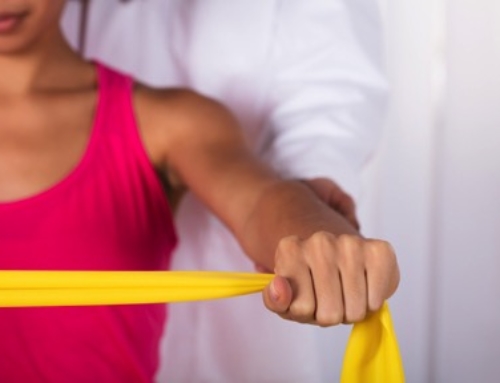Injuries involving the rotator cuff muscles are common with many overhead athletes. Whether you are an avid baseball player, tennis player, swimmer, volleyball player, or basketball player, chances are that you have used, and at times over-used, your rotator cuff. The rotator cuff is a cluster of four muscles assisting with stabilization, strength, and range of motion of the upper arm.
The majority of rotator cuff injuries are usually partial or full tears in the joints. These tears can often occur through injury, degeneration, overtraining, or repetitive overhead maneuvers. You may have a rotator cuff tear if you display any of the following symptoms:
- Weakness during arm rotation or lowering/lifting the arm
- Cracking sensation or sound in the shoulder during arm movement
- Pain or discomfort when pressure is applied
Certain sports or activities involve repeated stretching of the upper arm overhead, causing great stress on the shoulder joint. Fortunately, there are advanced recovery methods and exercises you can use to recuperate without having to undergo surgery. Read on to learn more about some successful exercises utilized by physical therapists and athletic trainers that you can use to help prevent rotator cuff injury and improve success with conservative treatment.
1) High-to-Low Rows
The first exercise we recommend is an exceptional neck and shoulder rehabilitation effort. This movement involves the usage of bands and can be performed with a cable column in the gym or in your own home. While already on one knee, engage your core and keep your pelvis tilted. The idea is to keep your elbows close to your sides as you pull the band down close to your body. Make sure your shoulder blades are back and downward, then gradually return to the original position with your elbows at full extension.
2) Doorway Stretch
The second exercise we advocate is designed to strengthen your shoulder muscles and alleviate your rotator cuff injury. To do so, begin by standing directly in the doorway with your arms on the outline of the entry. Take one step through the entrance and shift your weight onto your toes, enough to feel a strong stretch in the front of your shoulder. Hold your position for roughly thirty seconds. Be sure to maintain your posture during this exercise and do not overstretch.
3) Lawn Mower Puller
This exercise is an interesting one, but works like a charm. Begin by standing with your feet shoulder-length apart. Just under the foot opposite your injured shoulder, place one end of a resistance band and grip the other end with the damaged arm. The band should now be diagonal across your body. Keep your opposite hand on your hip, and start to bend gently at the waist. The hand with the band should be parallel to your opposite knee. Be sure to not lock your knees. Now, as if you are starting an imaginary lawn mower in very slow motion, pull your elbow across your body while straightening upright. Be sure to squeeze your shoulder blades as you stand up while maintaining a relaxed position. You should repeat this exercise for several reps.
4) Side-Lying External Rotation
This next exercise involves you lying down on your side opposite your injured shoulder. Start by bending the elbow of your injured arm to a 90 degree angle and resting the elbow on your side. While doing so, place your forearm across your abdomen. Next, hold a dumbbell upward for a handful of seconds and return to your start position. Repeat this exercise for a maximum of three times per day. However, when reps start to become easier, you can increase your reps to 20 instead of 10.
5) Reverse Fly
This is a very simple exercise. Grab your light weights and let’s begin! To start, stand with your knees slightly bent and your feet shoulder-length apart. With your light weights in each of your hands, stretch your arms and raise them away from your sides. Be sure to not lock your elbows or lift your arms above your shoulder. Now, gently squeeze your shoulder blades together. Perform this exercise for at least 3 reps of 10.
Rotator Cuff Treatment and Injury Prevention in Illinois
Whether you are trying to address a rotator cuff injury or want to strengthen your muscles to avoid future complications, Dr. Roger Chams is here to provide education, treatment, and support. With extensive training in repairing torn rotator cuffs and a number of convenient locations, Dr. Chams can help you get back on the field as soon as possible. Contact us today to schedule a consultation or to learn more about the services we offer!






